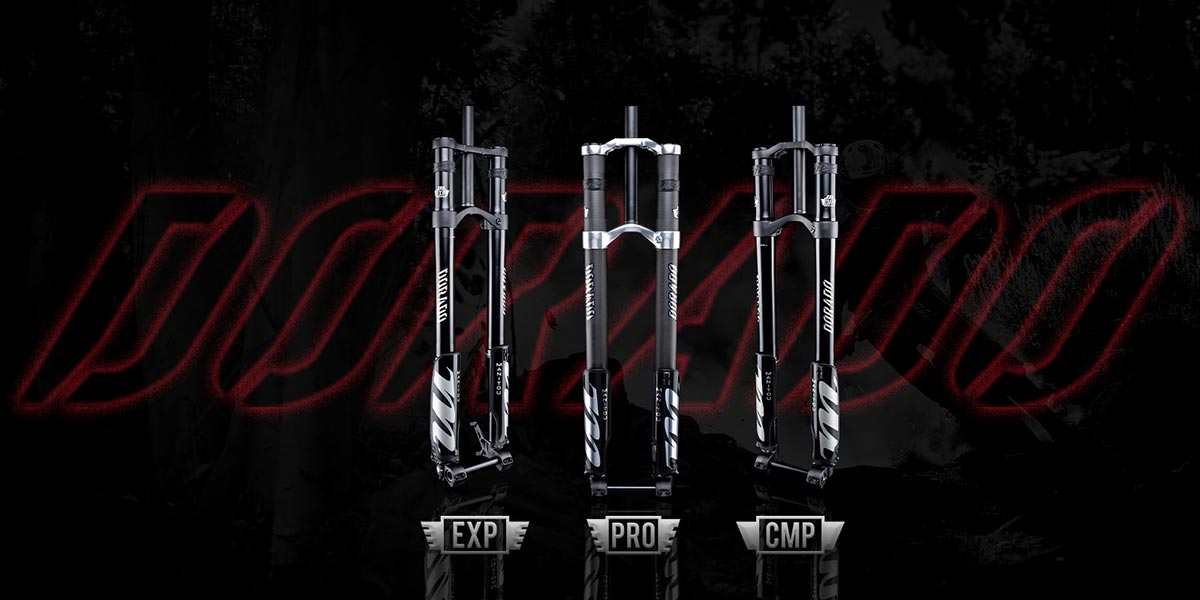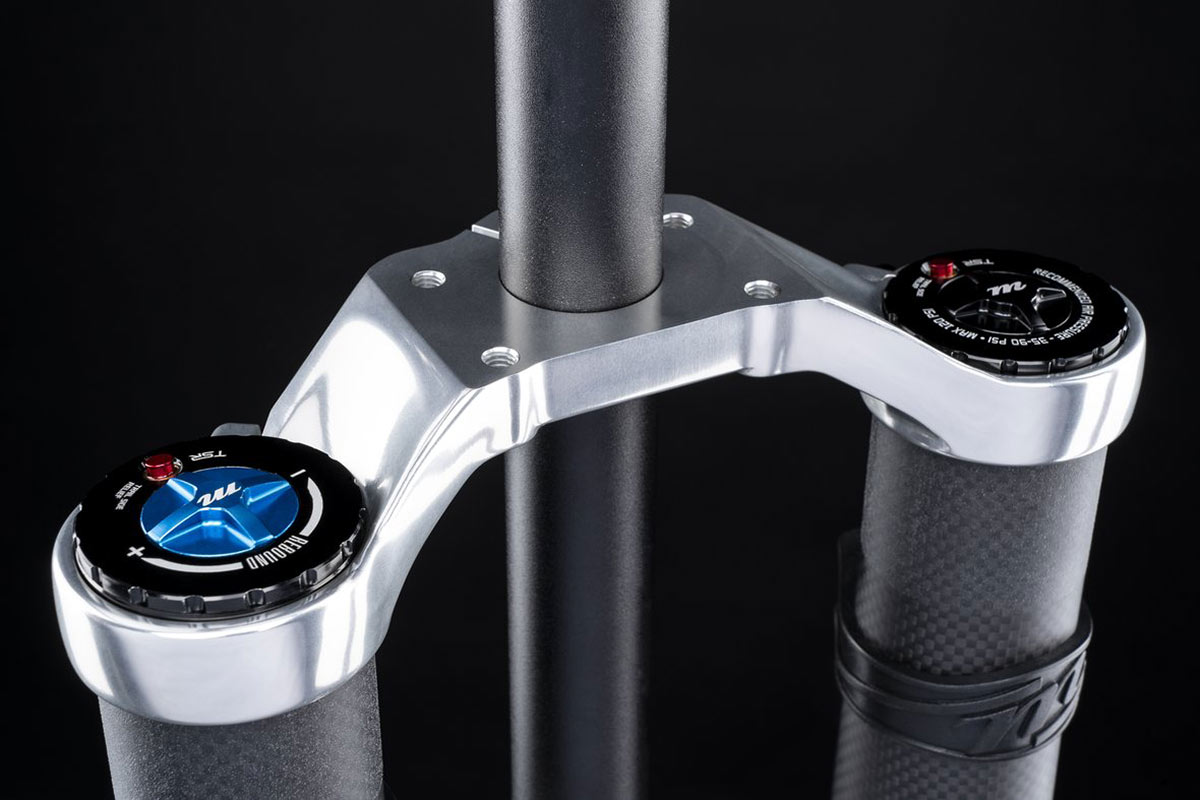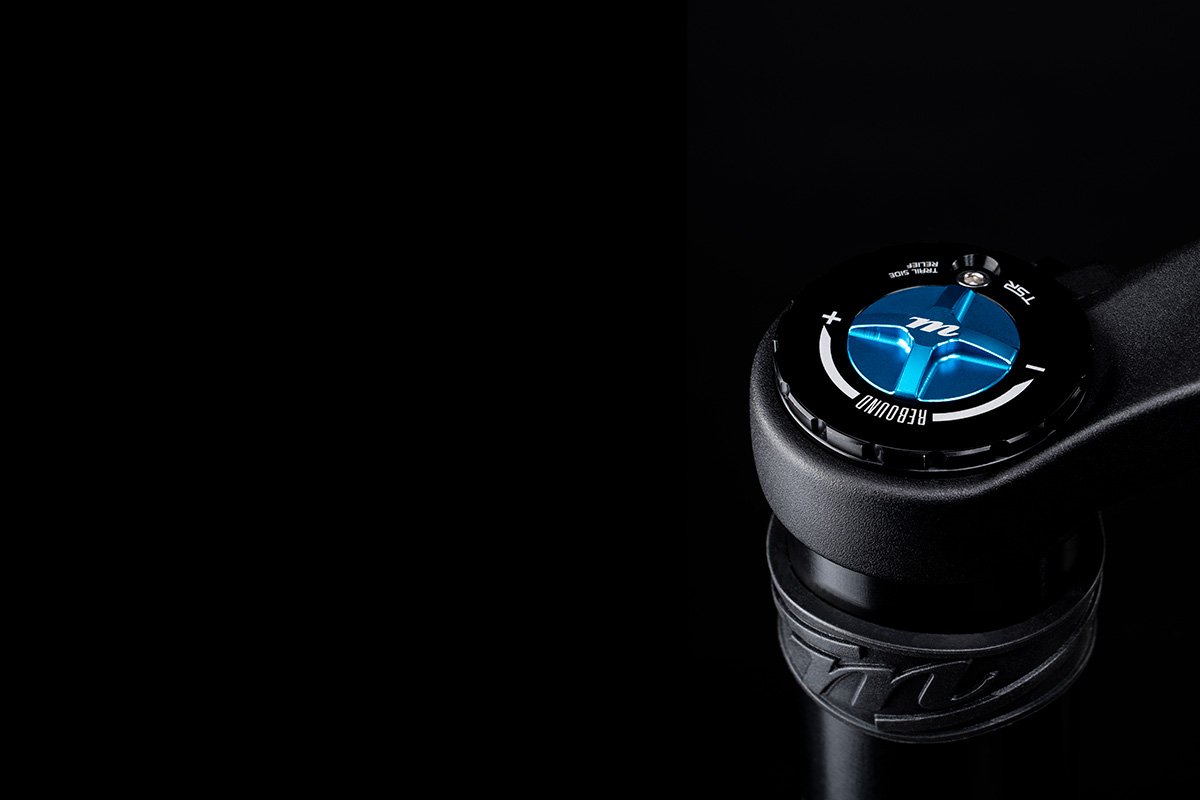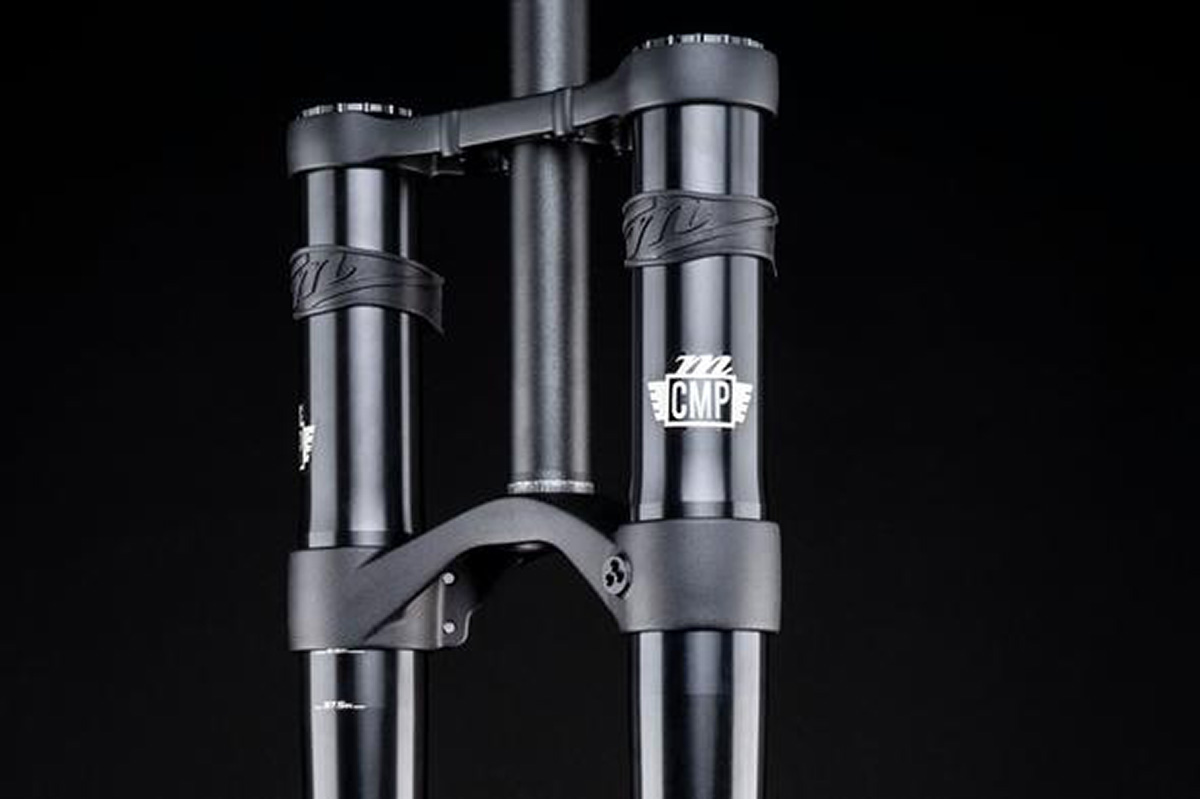The Manitou Dorado downhill fork is back. It takes on the classic inverted form we’ve seen on iterations past, filled out into a beefier and stiffer 37mm chassis. A redesigned twin-position cartridge offers position-dependent damping, while the travel-adjustable Dorado Air Spring means you could, in theory, turn this supple inverted downhill fork into a dual-crown enduro fork. Here’s everything you need to know.
Manitou Dorado
The new Manitou Dorado is available in Pro, Expert, and Comp models giving riders options for damper cartridge, chassis material, and spring type, with two different crown offsets optimized around 27.5″ and 29″ wheels. The biggest change for this classic upside down fork is the upgrade from a 36mm to a 37mm chassis.
Why? For added stiffness, of course.
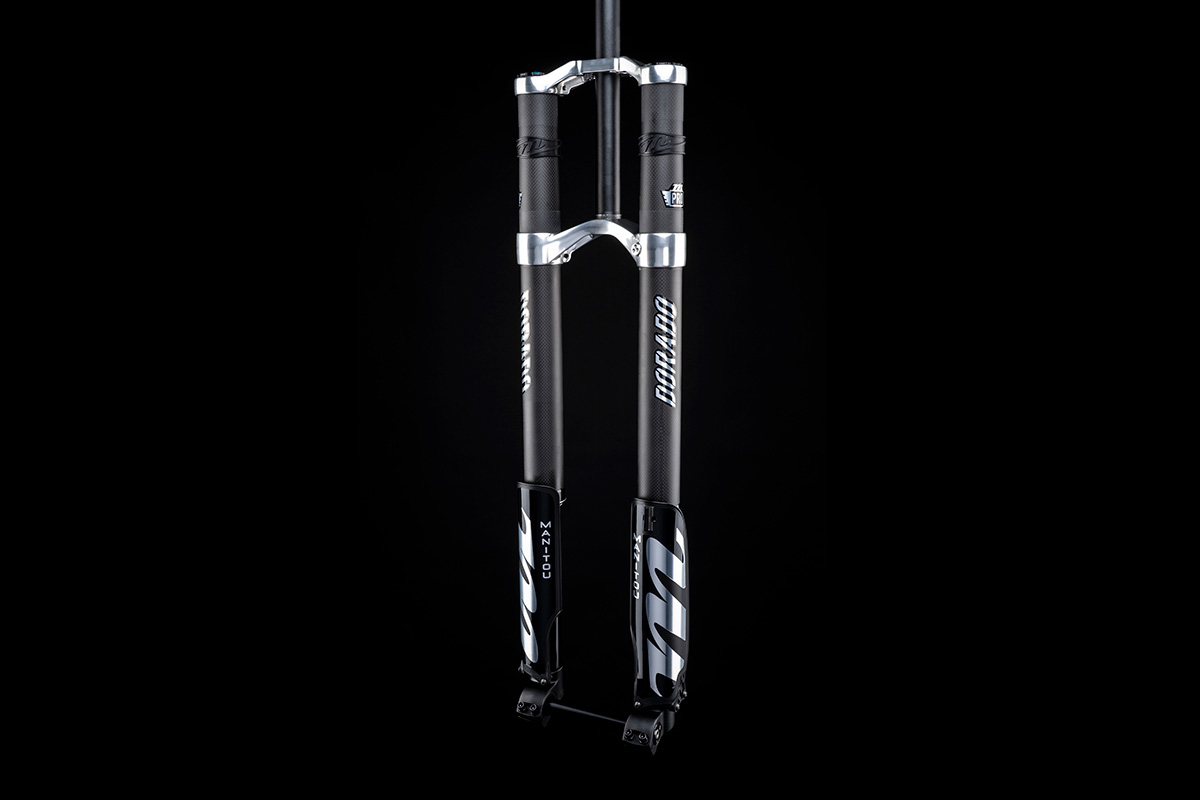
While inverted fork designs are generally stiffer than a traditional upright fork in the fore-aft plane, they have, historically, received criticism for their relative lack of torsional stiffness. Across the mountain bike media, the latter has been described as both a good thing and a bad thing, with reviews describing reduced rider fatigue as a result of the increased flex in this plane, and a lack of steering precision as a result of the very same thing.
The jury is still out on the “Upside Down” design, with a number of manufacturers such as Intend and Wren stating that the benefits they offer far outweigh any apparent drawbacks. Manitou themselves are promoting the benefits of the reduced unsprung weight and the smooth and consistent brought about by the constant lubrication of the bushings and seals. This is discussed at length in our feature article on inverted forks which you can find here.
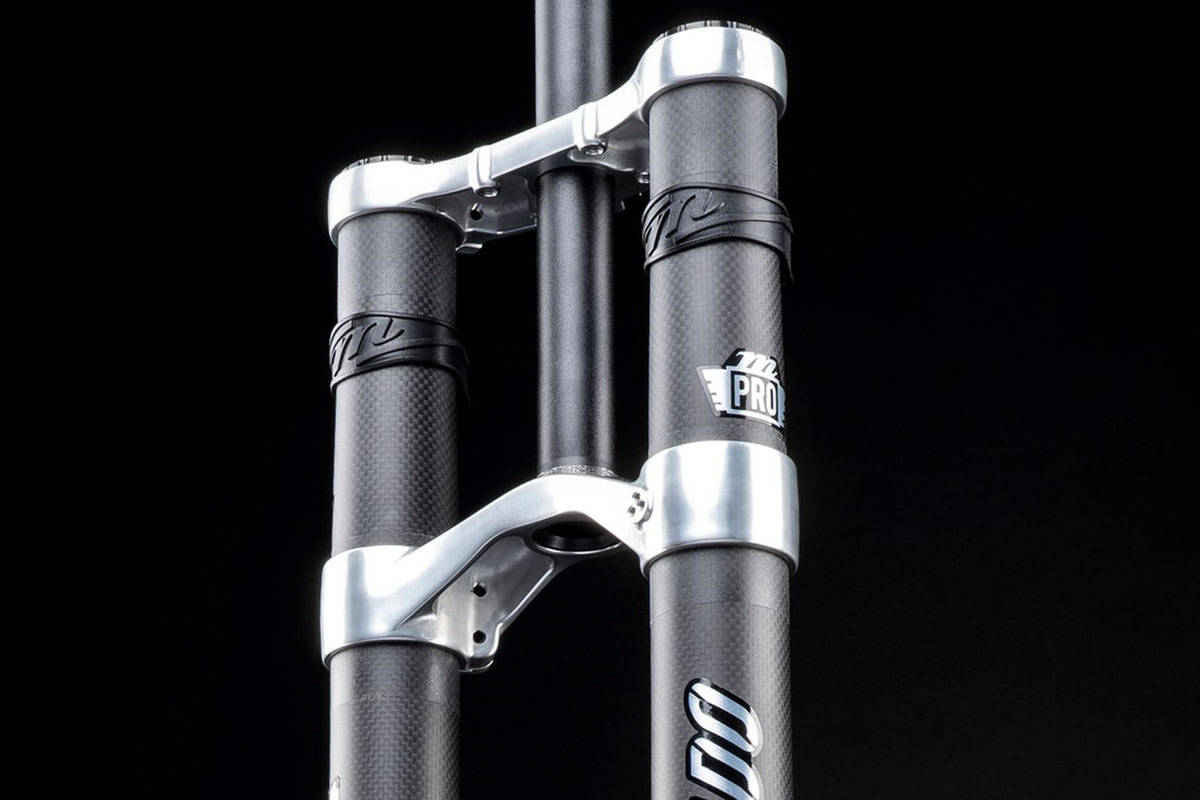
Nevertheless, Manitou saw fit to increase the stiffness of the Dorado, addressing the alleged issues around the lack of torsional stiffness. On the Pro model with its carbon chassis, stiffness has increased 27% in the fore-aft plane as compared to the previous 36mm stanchion Dorado. Crucially, the torsional stiffness has also been improved by 22%.
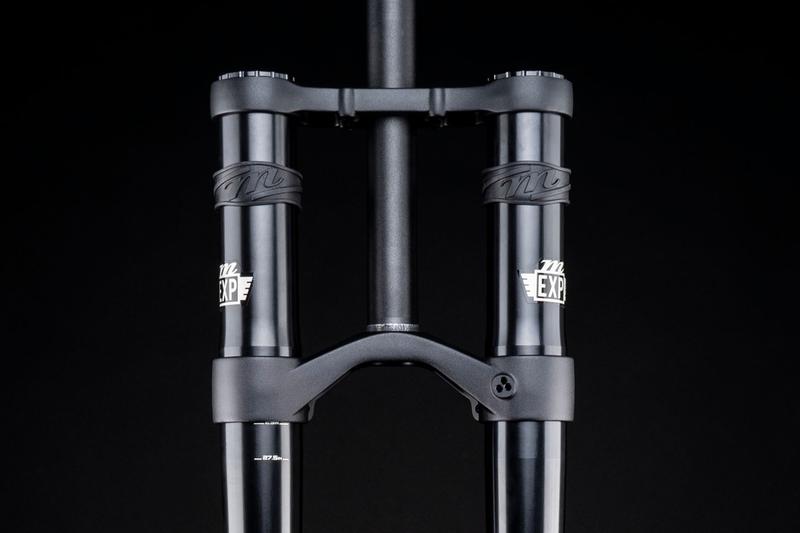
The Expert and Comp models with the alloy chassis have also seen a comparable increase in stiffness, with a 20% improvement in both fore-aft and torsional stiffness.
Beyond the bigger, stiffer stanchions, what else is the new for the Dorado?
Dorado TPC+ Twin-Piston Damper
The Manitou Dorado sees a damper upgrade in the form of the TPC+ sealed cartridge. That stands for Twin-Piston Cartridge, a design we’ve seen on previous iterations of the Dorado. It basically allows the damping circuitry to be both velocity and position-sensitive, resisting motion in an appropriate fashion depending on how far (and fast) through the travel the fork has been pushed.

Manitou say it maintains light damping through small bumps when the fork is high in its travel. Then, as the fork compresses deeper in the travel the secondary TPC+ circuit engages and increases the damping force for added support and bottom-out prevention.
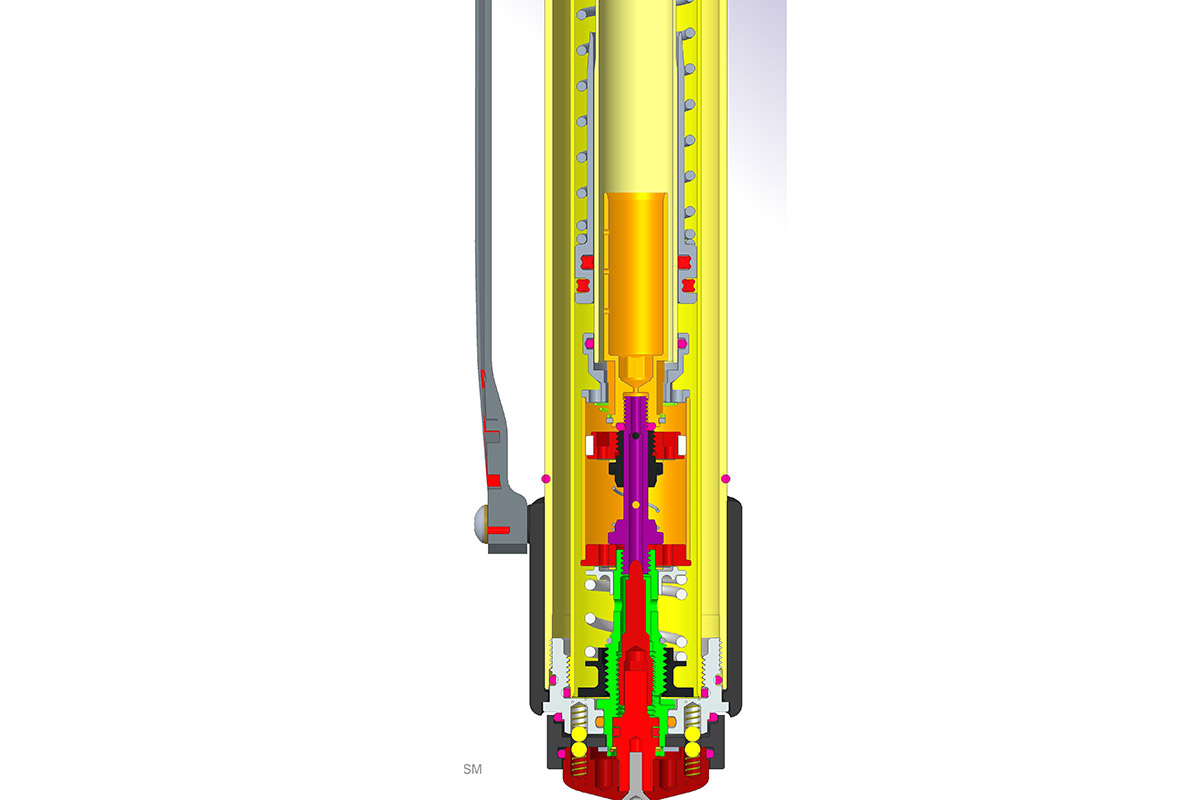
That’s not all. Manitou have added another, independent hydraulic bottom out circuit that further increases the damping force in the final 30mm of travel to soften deep travel events. They’ve opted for a spring-backed internal floating piston to seal the damper oil and prevent cavitation (air-oil mixing), rather than the bladder design preferred by other suspension manufacturers such as DVO.
While the Dorado Pro gets the TPC+ damper, the aluminium Expert model gets a half-cartridge. This one has the same general layout as the 2009-2021 Dorado. Without the spring-backed IFP, it bleeds by cycling the fork in its standard riding orientation. It still has the same tune as the TPC+ damper on the Pro model and the low and high speed compression damping circuits are still independently adjustable of one another.
How many clicks? The Pro and Expert models have 24 clicks of rebound adjustment and 15 clicks of HSC and LSC adjustment.
Dorado Air
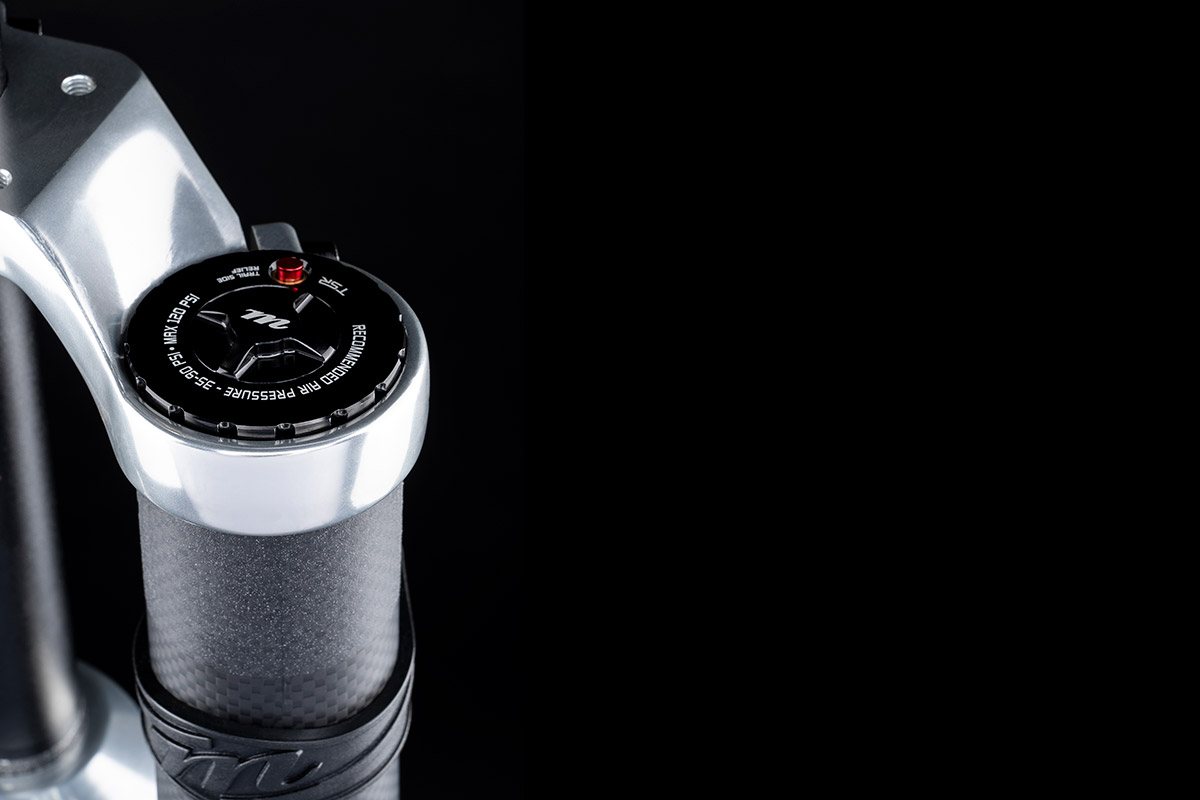 While the entry-level Comp model runs a coil spring (more on that later), the Pro and Expert models run an air spring. Dorado Air has an equalizer valve equalizes the positive and negative air chambers during the air fill process. This differs to the mechanism of equalizing employed by FOX and RockShox designs which feature port or dimple system through which air passes from one chamber into the other at a specific point in the fork’s travel.
While the entry-level Comp model runs a coil spring (more on that later), the Pro and Expert models run an air spring. Dorado Air has an equalizer valve equalizes the positive and negative air chambers during the air fill process. This differs to the mechanism of equalizing employed by FOX and RockShox designs which feature port or dimple system through which air passes from one chamber into the other at a specific point in the fork’s travel.
Manitou say this gives the spring rate a consistent feel without any flat or dead spots in the stroke that (they say) can be a problem with aforementioned dimple systems.
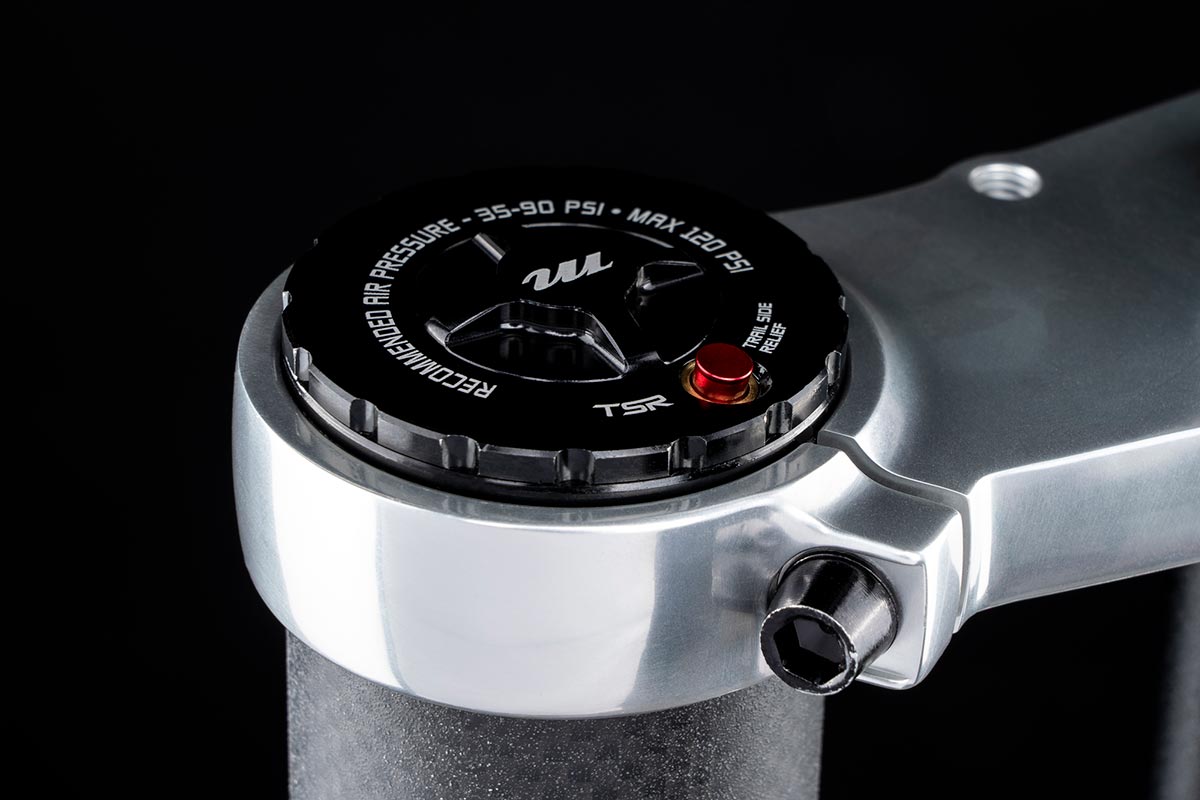
On the Pro model, Manitou employ an Infinite Rate Tune (IRT) volume adjuster. This basically has a secondary positive air chamber, the pressure of which can be adjusted independently from the main positive air chamber via a valve positioned at the bottom of the fork. The benefit of this is that riders can run a lower pressure in the main chamber for good small bump sensitivity in the beginning stroke, but tune the pressure in the secondary positive air chamber to provide their desired level of support and ramp in the mid- to end-stroke.
The Expert model gets a more basic volume adjustment, that Manitou call the Incremental Volume Adjust (IVA). We initially thought this simply referred to the fact that you can add or remove volume spacers like you would for any other air spring fork. We’ve since heard back from Manitou that this set up is a little different:
“For this system, there is an air piston that is surrounded by clip on spacers that determine how much volume you have in your fork’s positive chamber. The beauty of IVA is that everything you need to change your fork’s volume is held within the fork and no additional parts are needed. Simply remove the IVA from the air leg, rearrange the clip-on spacers either above or below the air piston, and reinstall. To reduce volume and make your spring more progressive you would want to stack the spacers on top of the piston. To make the fork feel more linear you would put the spacers below the piston to increase volume” – Nick Montee, Manitou.
Importantly, the IRT from the Pro is available aftermarket so you can add this to the alloy chassis of the Expert model if you want to fine tune the air spring further. It retails at $104.99 USD.
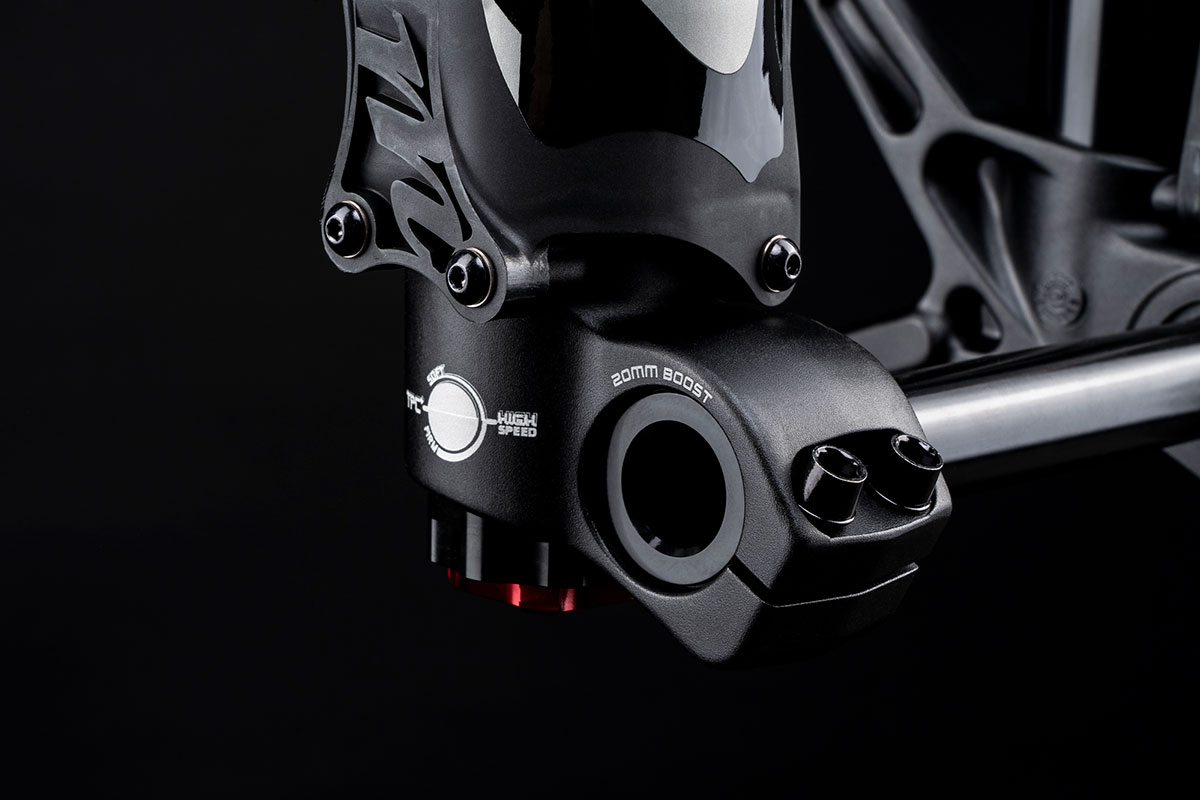
A Dual-Crown Enduro Fork?
Here’s where things get exciting. Riders can adjust the fork’s travel from 203mm down to 190mm or even 180mm travel. It is becoming less and less of a novelty to see 180mm travel forks at the Enduro World Series, and only last week Joe Connell was spotted racing La Thuile with a dual-crown fork from Formula on his Orange Stage 6.
Could the Manitou Dorado become a viable option for enduro racing?
The Coil Dorado
Manitou are keeping the coil spring fans happy with the entry-level Comp model. It gets Manitou’s long-standing ABS+ damper, with low speed compression and rebound adjustments. There are 20 clicks of rebound and 20 clicks of low speed compression adjustment.
The spring can be pre-loaded for further tuning, with a range of spring rates offered from 25 lbs/in up to 50 lbs/in in 5 lb increments.
If you prefer a coil spring but want the benefits of the higher-spec TPC+ damper, fear not. All of the dampers are available aftermarket and are interchangeable across the models.
Pricing & Availability
The Manitou Dorado Pro, Expert and Comp models retail at $1,799 USD, $1,449.99 USD and $1,224.99 USD, respectively.
To change the offset of the fork, you’ll need to buy a new lower crown ($114.99 USD) and new upper ($88.99 USD).
The Comp and Expert models are available now from Manitou’s Distributor and Dealer network as well as their online store which ships to the USA and Canada. The Pro model won’t be available until early Fall.
